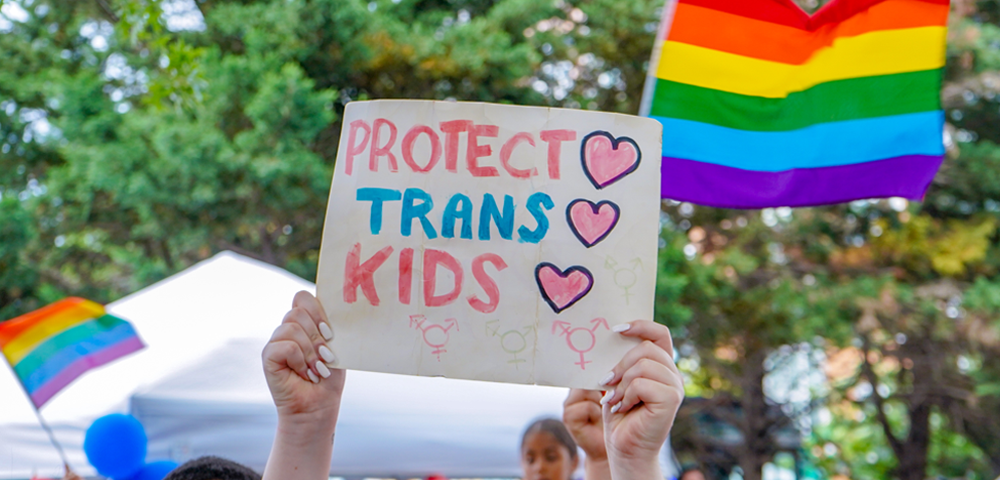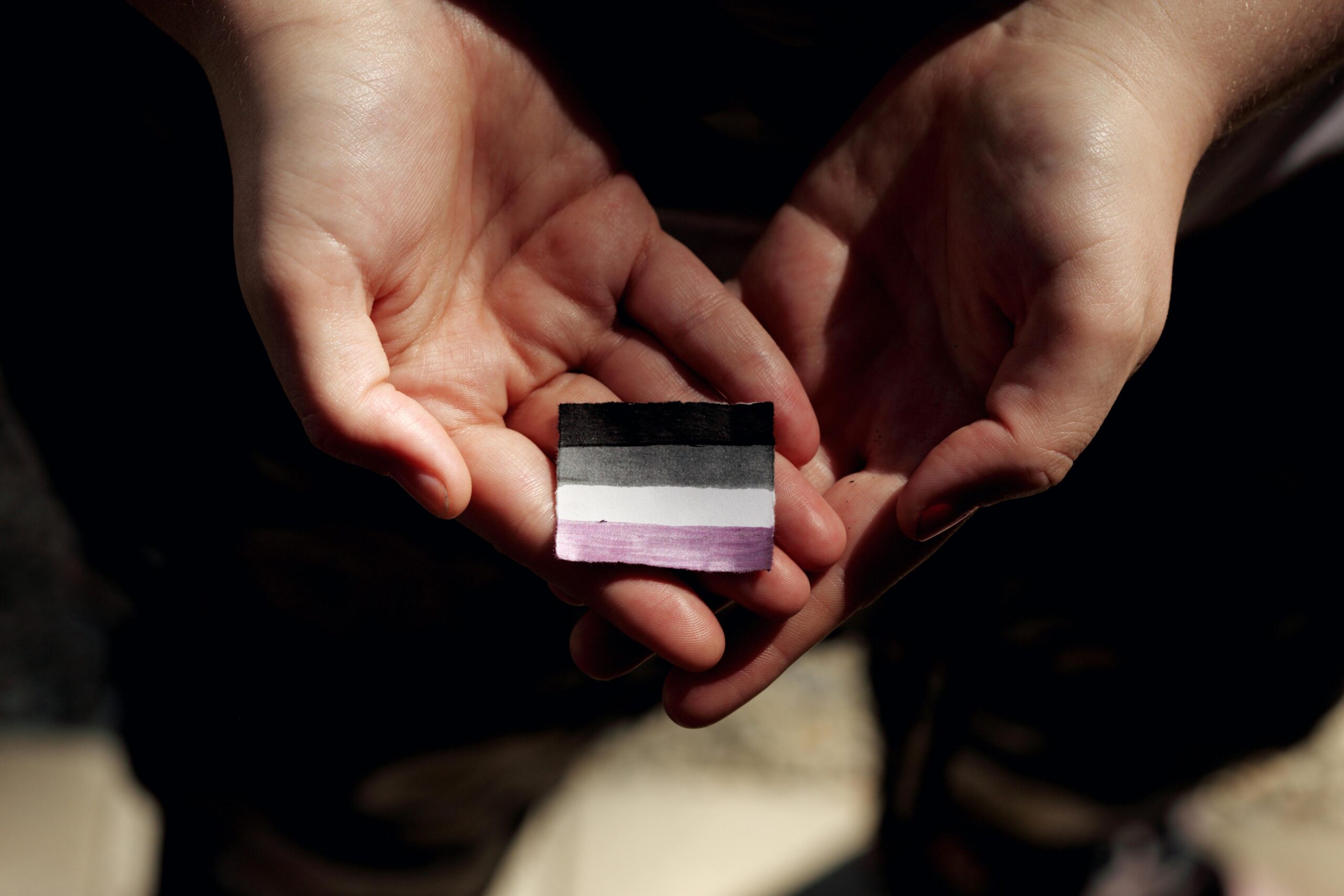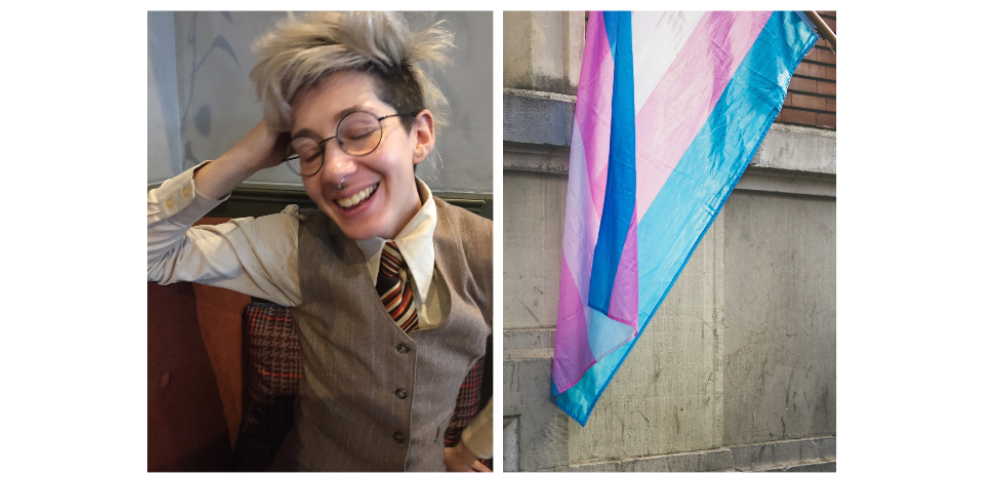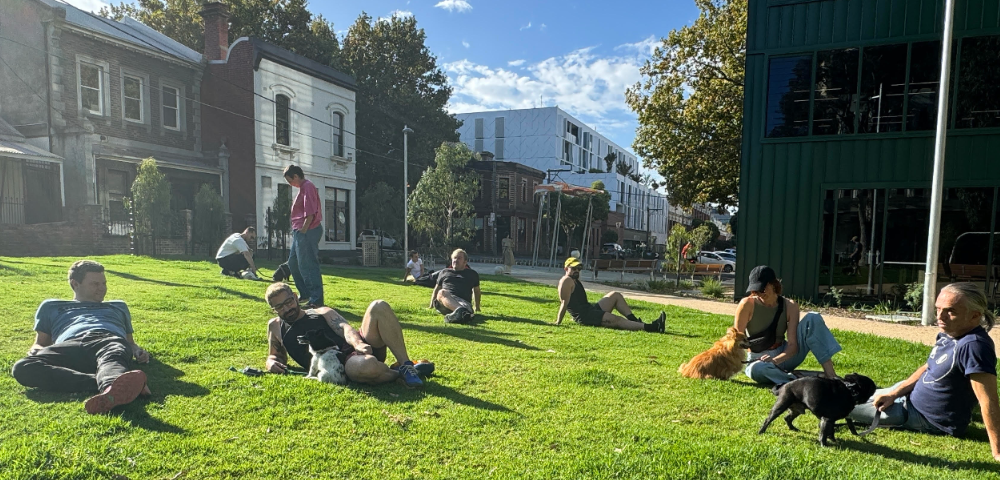
Over the weekend it was reported that Premier Ted Baillieu – contrary to expectation – is likely to keep Victoria’s charter of human rights and responsibilities, with some tweaking.
The Age quotes leaked government documents as “the strongest indication yet” the charter will stay put.
If the prediction eventuates it will be a welcome surprise from a government that has wasted no time reversing small equal opportunity law gains – as far as the GLBTI community is concerned – won under the former Labor government which would have tightened the ability of religious organisations to discriminate against gays, lesbians and individuals who generally don’t fit their doctrinal mould.
The charter’s aim is to make sure human rights are considered when laws are made. That is someone, somewhere, is considering the impact a law will have, not just on the majority, but everyone.
Just how the Baillieu Government’s decision to reverse changes to equal opportunity exemptions – now minus the inherent requirement test – will be reflected in a retained charter is likely to remain a moot point. By keeping the charter, at the least, there is a legislative yardstick that new legislation put forward by a government should ensure every Victorian is treated equally under it.
It’s wise to remember the charter is still under parliamentary review – the findings are due in October – so support for it could still swing either way, especially given Attorney-General Robert Clark’s well-known opposition to its existence.
But any indication the charter may survive to enshrine the consideration of human rights when laws are made, however ignored in practice, is welcome.
The reality, however, for GLBT Victorians still leaves much to be desired. Perhaps one of the biggest blows in the Baillieu Government’s wind back was a halt to extending the powers of the Victorian Equal Opportunity and Human Rights Commission.
When the responsibility for proving discrimination and pursing it relies on individuals, we won’t get far.
Last week’s Human Rights Law Centre’s conference on federal anti-discrimination legislation raised the issue of arming human rights bodies to pursue cases of discrimination. When there’s an issue of workplace safety, institutions such as WorkSafe have the powers and avenues of discipline at their disposal.
So the question was rasied – why is it, when it comes to pursuing human rights in the workplace, the playing field is not level?









